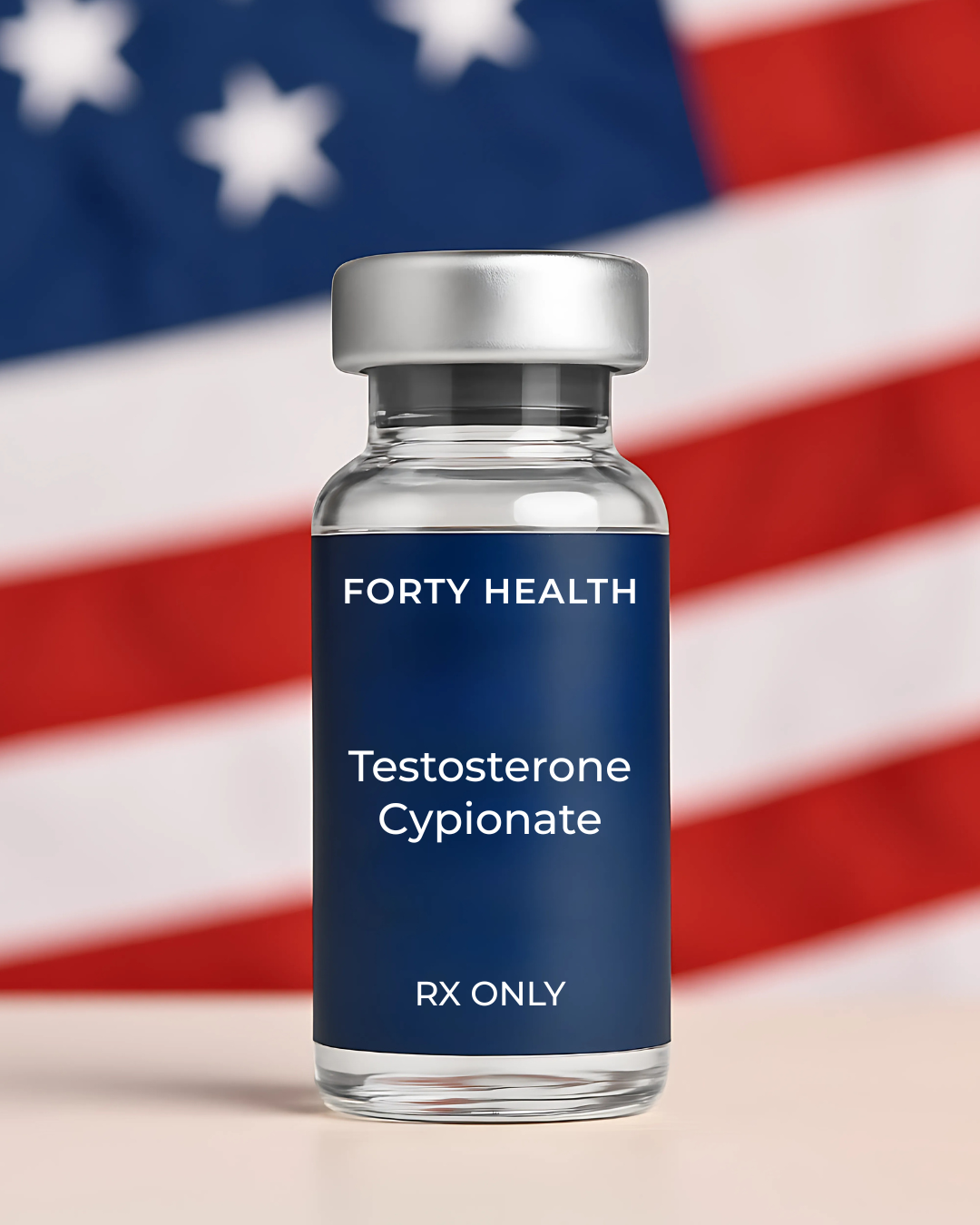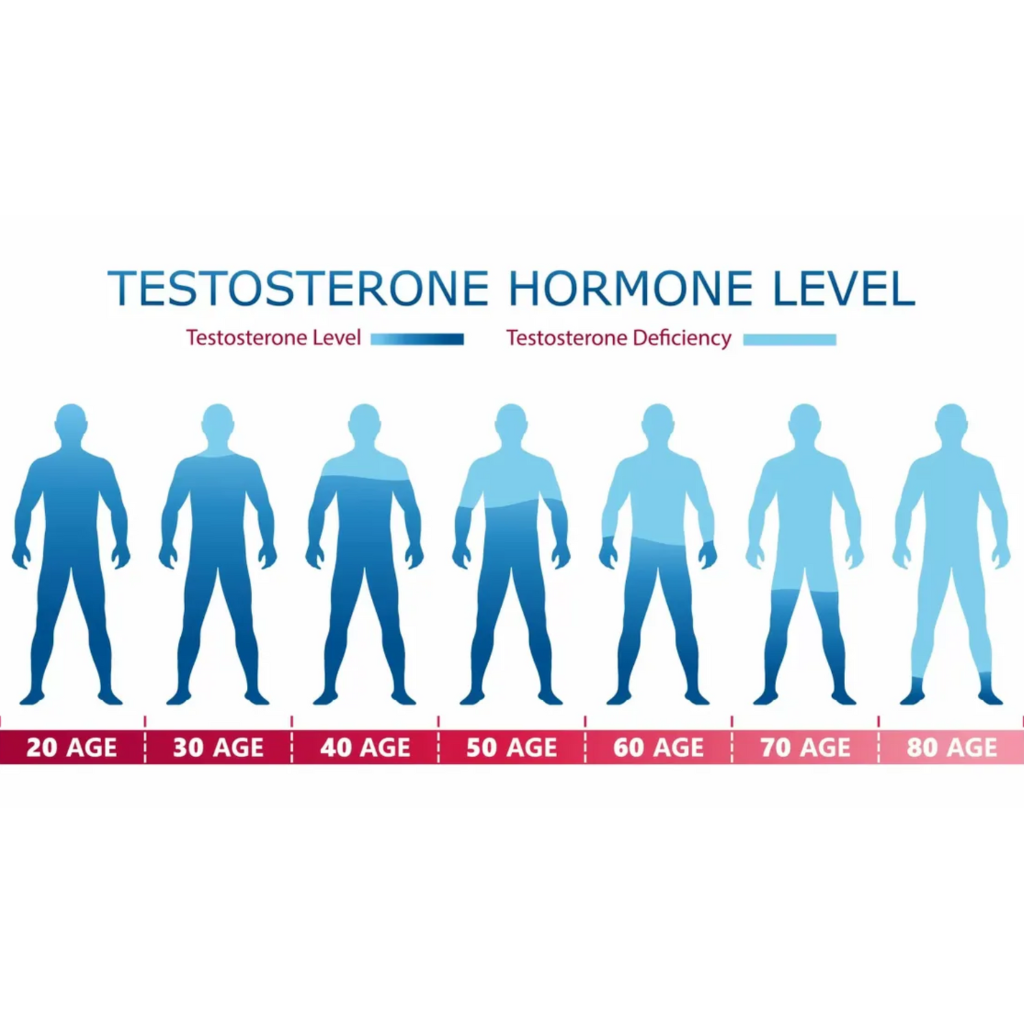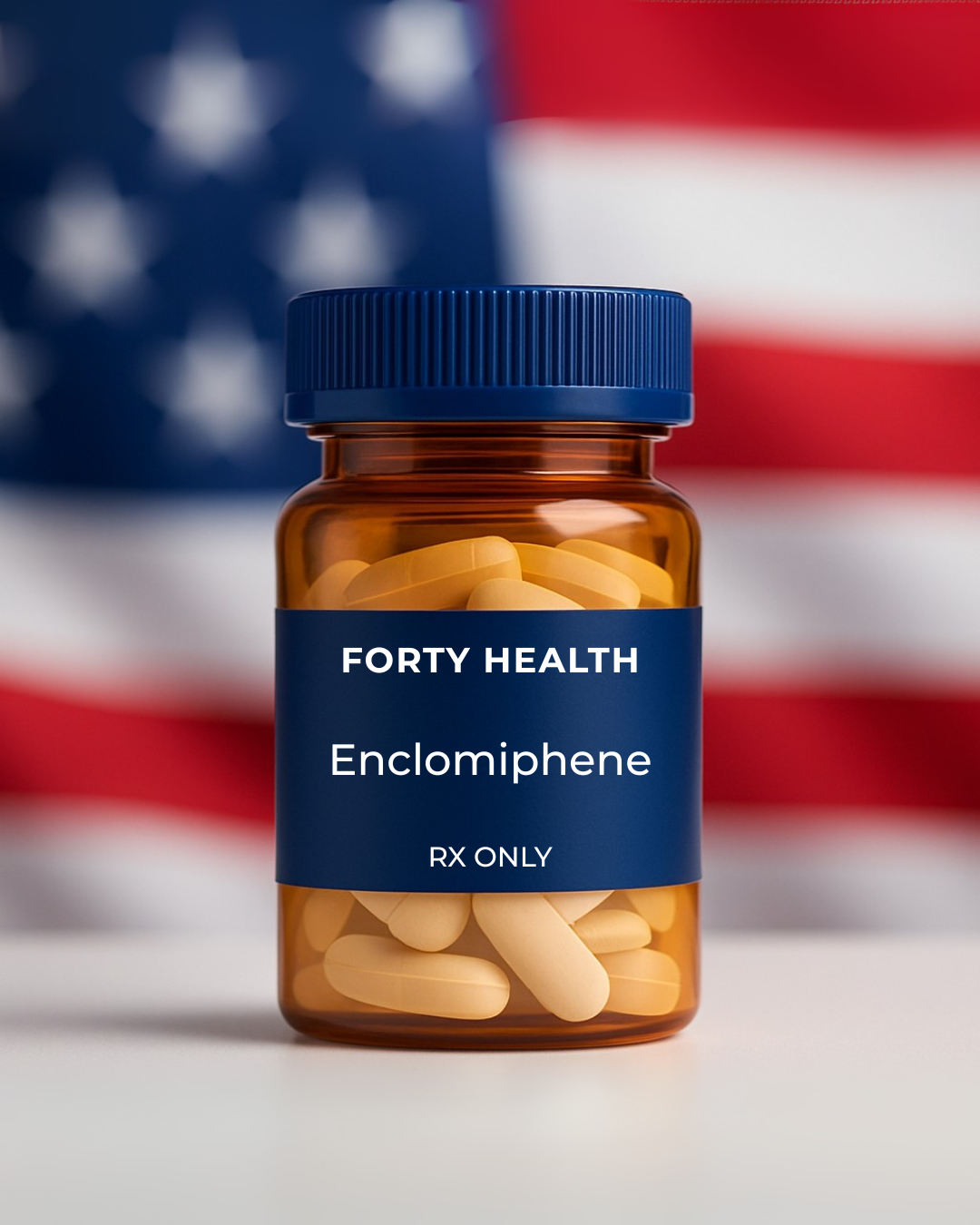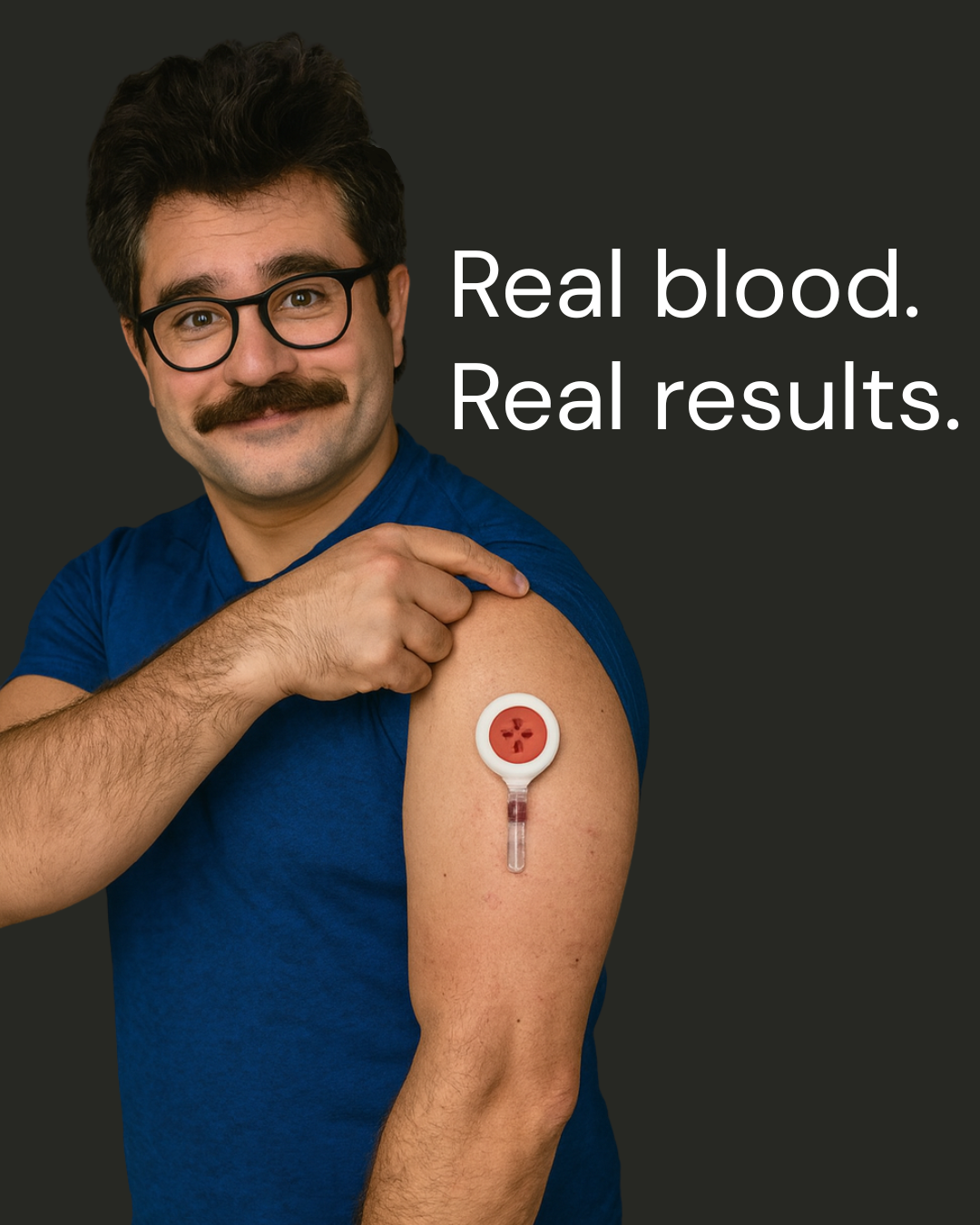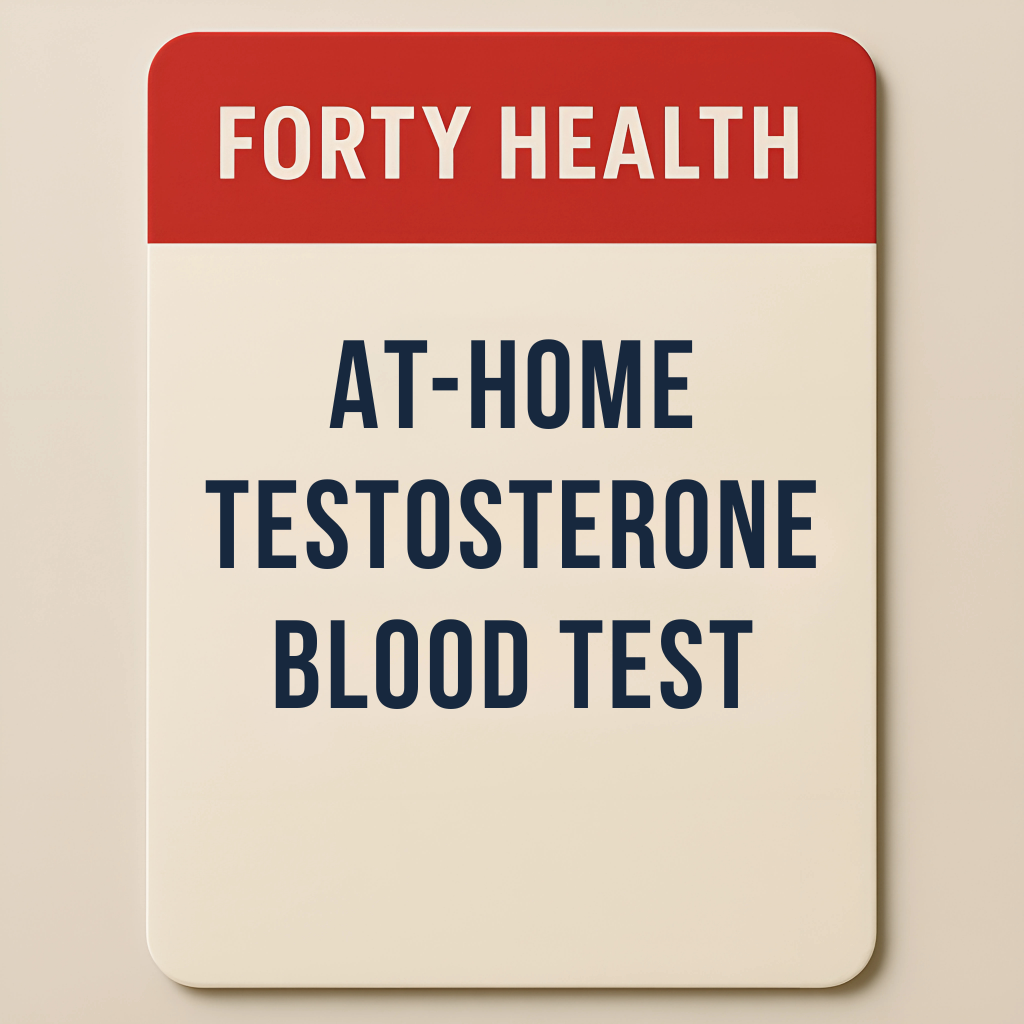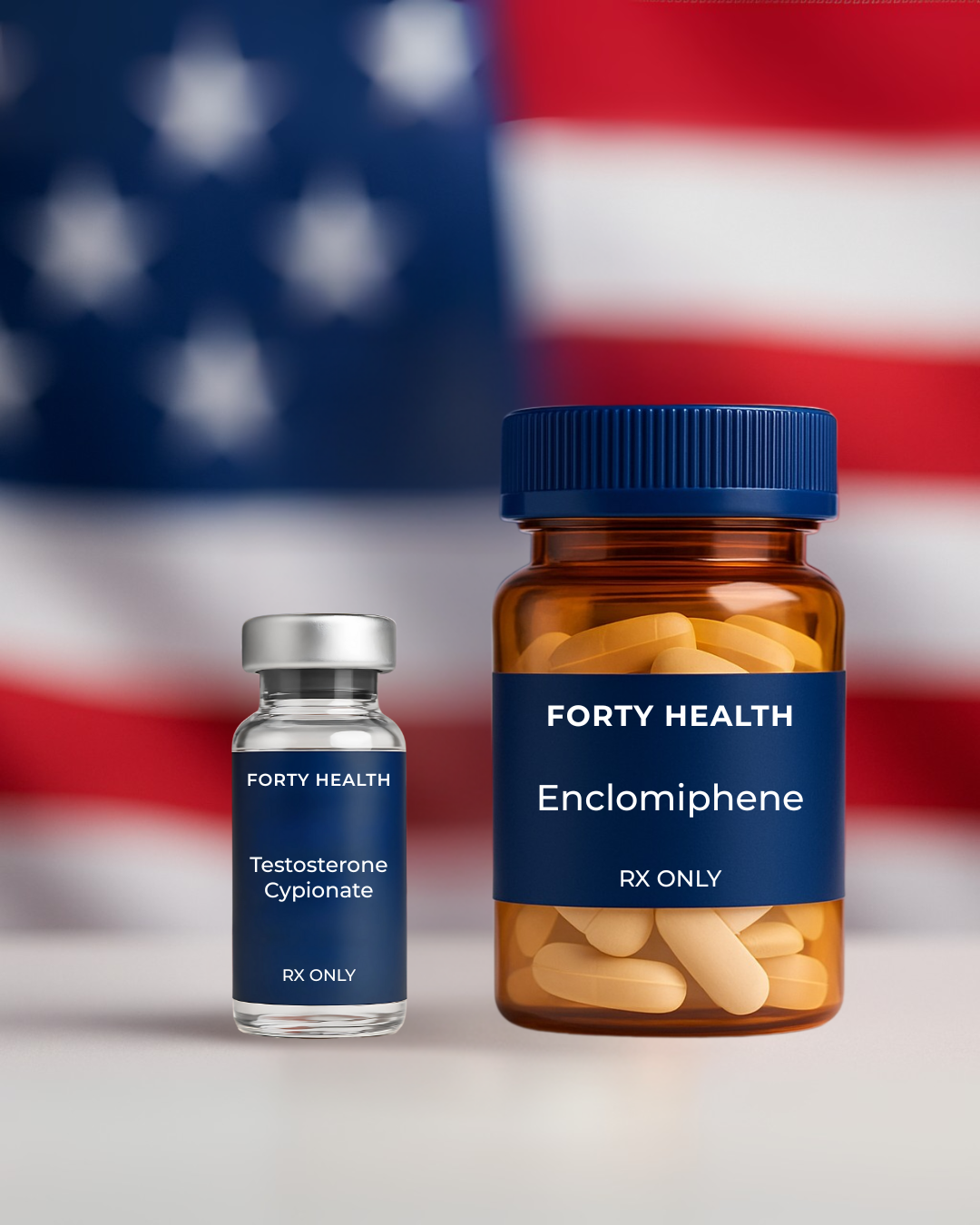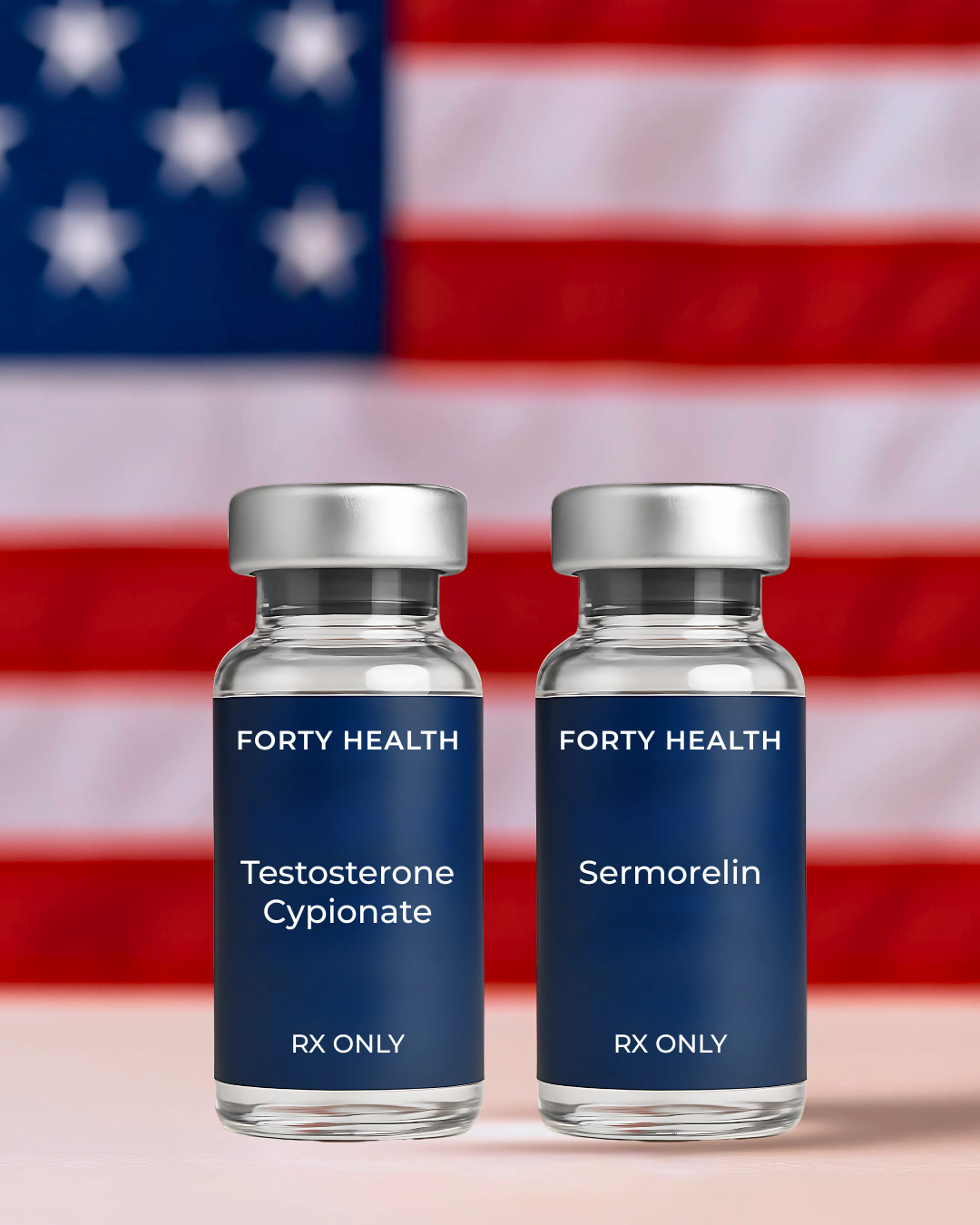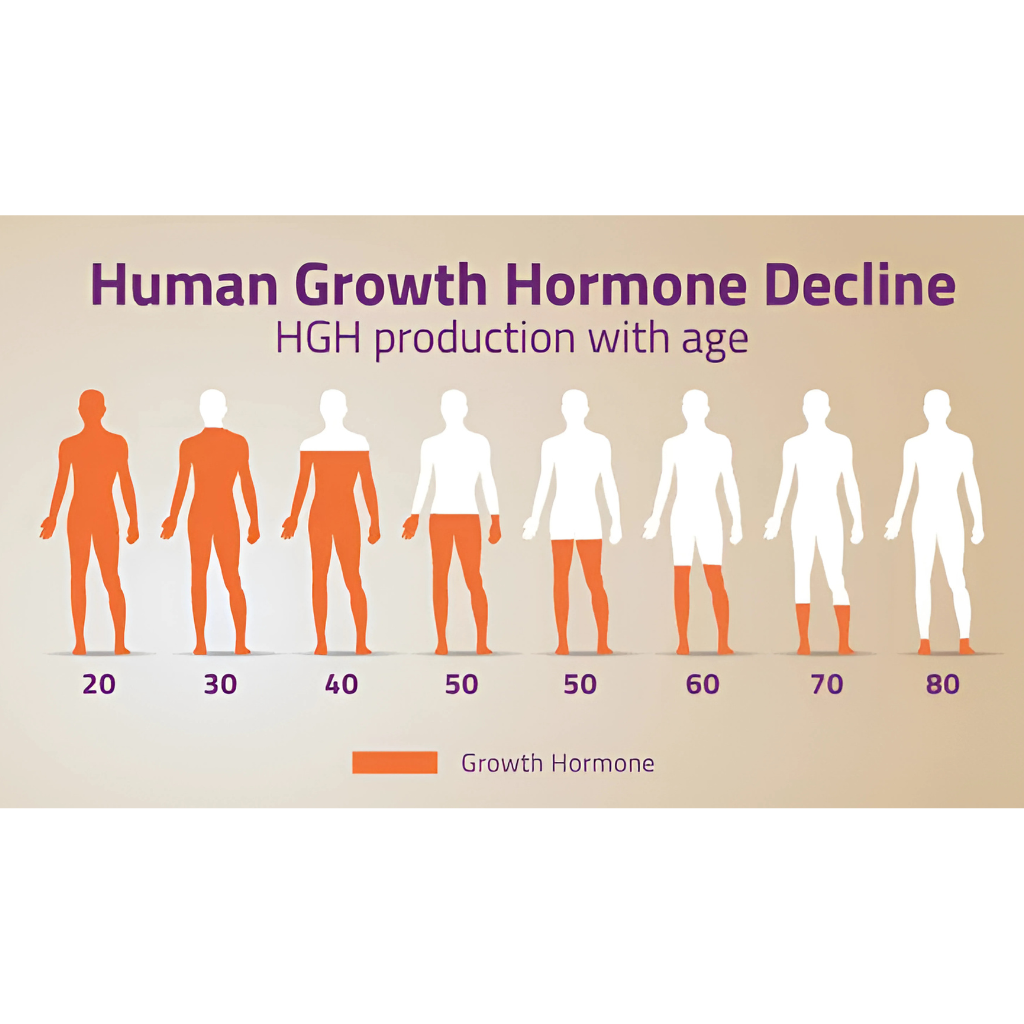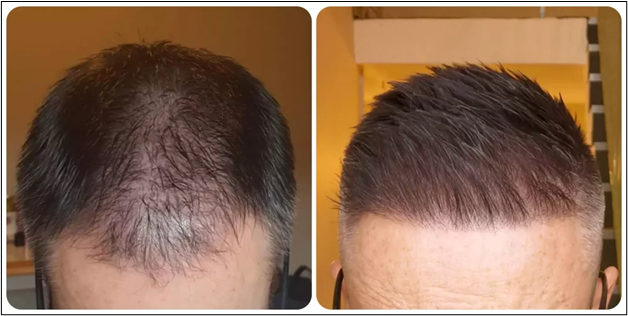
Hair loss is not merely a cosmetic concern. It can lead to anxiety, reduced self-esteem, and negatively impact mental well-being. One of the more recognizable options is minoxidil. The most commonly known medication is in the form of foam or liquid, which you can apply directly to the scalp.
In this blog, we will explore the concept of oral minoxidil, its functions, the recommended dosage for hair loss, and the findings from studies on its long-term safety. Also, briefly discuss minoxidil and finasteride shampoo for hair growth and medication , another well-known prescription, so you can better understand your options.

What Is Oral Minoxidil?
Oral minoxidil is not new; it has been out for decades, though not originally for hair. Introduced in the 1970s, oral minoxidil was originally prescribed for severe hypertension as a potent vasodilator. With treatments like these, doctors noticed an interesting side effect: lots of patients started growing fuller hair or new hair. That side effect later led to the release of topical minoxidil, which became approved for balding and quickly became a household name.
The oral formulation, however, never had an official stamp of approval by regulatory authorities for the treatment of baldness. Therefore, it is an "off-label" prescription when used for hair. Though technically contraindicated, this germicidal drug is still prescribed in minute doses by dermatologists worldwide for male and female pattern hair loss (AGA), especially in the United States and Great Britain.
While topical minoxidil is very localized in its effects, blood vessels in the scalp would be most affected, occurring as a systemic drug when ingested, with the bloodstream and affecting blood vessels all over the body. Regarding hair stimulation, this might be a blessing, giving wonderful simultaneous stimulation to hair follicles all over the scalp.
What About the Long-Term Use of Oral Minoxidil Against Hair Loss?
Safety of long-term oral minoxidil use is yet to be established; however, it is mostly prescribed by dermatologists in low doses with satisfactory results. Gradual hair growth would be seen over a long period of months, and sustaining the hair growth requires repeating the procedure. Safety, therefore, depends on the condition of the patient and adequate monitoring.
The following are the most critical issues for long-term use:
-
Proper dosage: Minoxidil dose for hair loss (0.25–5 mg per day) is also safer than the higher doses that had been primarily used in the treatment of hypertension.
-
Side Effects of Long-Term Administration: In long-term use, there could be persistent situations such as swelling, hypertrichosis, or palpitations if closely monitored.
-
In the Charge of a Physician: Check-ups allow for the presence of monitoring of blood pressure and heart rate, as well as the tolerance of the condition.
-
Not for Everybody: Long-term usage can be a higher risk if one has heart disease, kidney disease, or low blood pressure.
-
Keep Consistent: Hair usually regrows after stopping treatment, showing that long-term commitment must be involved.
For a healthy person under medical supervision, oral minoxidil is suitable for long-term use. However, it may also be effective for others. Consult your doctor before initiating treatment or any prolonged treatment.
How Oral Minoxidil Works & Typical Dosing?
Oral minoxidil is mainly a vasodilator, which gently relaxes and widens the blood vessels, thus increasing the circulation of blood. In hair enhancement, this means oxygen and nutrient transport to the follicles. Researchers believe minoxidil opens potassium channels in follicular cells, thereby lengthening the anagen or growth period and preventing follicular miniaturization noticed in pattern baldness. The outcome is usually stronger, healthier-looking hair with time.
When utilized for baldness, doctors administer significantly smaller amounts than when they are treating hypertension. In high blood pressure cases, 10–40 mg daily might be given to patients, whereas in baldness treatment, 0.25–5 mg daily is mostly what is recommended. This "low-dose" therapy balances efficacy with cardiovascular risks.
Considerations of dosing and outcomes:
-
Hair growth results usually manifest between 3 and 6 months.
-
Complete improvements may result within 12 months or more.
-
Consistency is the key; stopping results in shedding.
-
Some dermatologists blend oral and external minoxidil for additional benefits.
-
Oral minoxidil is particularly beneficial in resistant patients or patients with scalp irritation.
In essence, oral minoxidil is not a quick solution but a commitment. Adherence to appropriate dosing and patience are required for it to be effective

Side Effects and Safety Issues
While oral minoxidil has good potential for hair growth, it is not without risk. Since the drug was initially developed to be used for hypertension, its systemic effect can occasionally cross over to other impacts than stimulation of hair. Because of this, most dermatologists only use it in very low doses for the management of hair loss.
Safety of oral minoxidil is extremely dose-, history-, and monitor-sensitive. Most patients can tolerate it, but it causes undesirable side effects in some.
The following side effects have been frequently noted to occur:
-
Excessive growth of hair at places such as the face, arms, or back.
-
Fluid retention or edema of legs and ankles.
-
Changes in blood pressure, heart rate, or tachycardia in sensitive individuals.
-
Headache or dizziness during adaptation.
-
Shedding phase in the early stage, where vellus hairs are shed before the growth of new hair.
The safety considerations are:
-
Usage under medical supervision is particularly advocated in cardiac or renal illnesses.
-
Blood pressure should be closely monitored and controlled.
-
The drug should not be administered to pregnant or nursing women.
-
Should not be given to children or in cases of intractable cardiovascular disease.
Oral Minoxidil Vs. Topical Minoxidil
The drug is marketed as a lotion or foam to be applied directly to the scalp. However, with the increasing use of oral low-dose minoxidil, a huge question arises in everybody's mind: which one works better? Technically speaking, both have the same active ingredients. The answer relies on usability - whichever one you are going to be adherent to, and take as prescribed based on your conveniences and routine. With an additional caveat, pay attention to the side effects of each version balancing with your convenience, to pick the right one for you.
Highlights:
Mode:
-
Topical: Applied upon the scalp twice daily. It may be inconvenient for some patients.
-
Oral: may be consumed privately as a pill once a day.
Absorption:
-
Topical: Great absorption when applied directly to the areas that need it.
-
Oral: for global hair loss/hair thinning, oral provides best absorption as it will get the medication into your blood stream and into every follicle in your head.
Side Effects:
-
Topical: Scalp irritation, flaking, and itching can occur.
-
Oral: Systemic side effects such as water retention or blood pressure changes are possible.
Adherence:
-
Topical: Very easy to apply if in a shampoo form. If in the solution/foam form, the biggest complaint is drippage of the solution and messy pillow covers (like pouring a tablespoon of liquid on your head).
-
Oral: Take once daily in a combination pill or two different pills for more aggressive treatment..
Who Should Use Oral Minoxidil?
Oral minoxidil is not a cure-all treatment. It is generally used by dermatologists with individuals who have failed a topical regrowth solution or are reluctant to apply it daily. Being systemic, it will provide more uniform results for resistant hair loss cases. However, patient selection needs to be practiced with extreme care because not everyone is a suitable candidate.
You may be a suitable candidate for oral minoxidil if:
-
Topical intolerance: You develop itching, flaking, or allergic contact reactions to topical minoxidil.
-
Poor compliance: Twice-a-day application of topical minoxidil is too messy or burdensome.
-
Limited improvement with topical: Despite being on topical for several months, you have not shown any improvement.
-
Diffuse hair loss: Oral minoxidil can be utilized to treat diffuse thinning on the scalp better.
-
Combination therapy needs: Works effectively when combined with other therapies, such as finasteride for hair growth or PRP, to give enhanced outcomes.
Who should avoid it
-
Those with cardiac ailments, renal disease, or uncontrolled blood pressure.
-
Pregnant or breastfeeding women.
-
Those who are not cleared by a doctor following a proper medical examination.
The oral form is best suited for people who are either intolerant or incommensurate with application drugs and have to be administered under the supervision of a physician.
How to take Oral Minoxidil?
A prescribed drug, oral minoxidil, must be taken only with the advice and consultation of a dermatologist or doctor. The low oral doses prescribed for hair loss are significantly smaller than those used in hypertension treatment and should only be taken under medical supervision
-
Dosage: The low doses are mainly administered somewhere between 0.25 and 2.5 mg per day, depending on the patient's profile.
-
Time Regimen: Usually taken once during the day, at the same time every day.
-
Form: To be taken with water in tablet form.
-
Monitoring: Follow-up as necessary to monitor blood pressure, cardiovascular function, or any side effects.
Precautions/Warnings:
-
Never buy this medicine without consulting with an appropriate health professional, as it can have systemic affects on your body that needs to be monitored.
-
Do not buy this medication without a prescription online or from the black market as buying it illegally frequently has fake pills and contaminants.
-
Take this medication only as prescribed, don't self increase or self-adjust dosages.
-
If you feel odd or sudden effects, such as a rapid heartbeat, swelling, or dizziness, contact your prescriber/clinician or go to your nearest emergency department as this medication can sometimes cause side effects such as hypotension/low blood pressure, which can be fatal.

Side Effects of Oral Minoxidil
Oral minoxidil is among the most efficacious formulations in treating hair loss. However, it poses side effects that are mostly dose-dependent, and therefore, not everyone is affected in the same manner at any given time. Many people experience the milder and transient ones, while others find it fairly troublesome. Awareness will set you right in the timely execution of measures should anything go wrong, so that you may seek proper medical intervention.
Generally, more common and less serious side effects include: Increased hair growth (hypertrichosis) mainly on the face, arms, or back. Edema/swelling of the ankle, feet, or even hands. Dizziness or lightheadedness upon standing quickly, stand. Mild headaches or fluid retention.
Less common, yet life-threatening side effects include the following: Fast/irregular heartbeat. Chest pains or breathing problems. Swelling of legs, face, or eyes. Fluid retention is causing unexplained weight gain.
When to seek emergency medical help:
-
Chest pain, dizziness that persists, or difficulty in breathing.
-
If swelling becomes worse.
-
Sudden appearance of heart-related symptoms.
Side effects of oral minoxidil vary for all individuals. While minor adverse reactions are quite prevalent, any deleterious symptoms that manifest cannot be ignored and should be attended to by a health care professional immediately.
Who Should Not Take Oral Minoxidil?
Most individuals have benefited from minoxidil; however, there is an unusual group for whom this medication should not be prescribed. Almost all patients need to have a medical history reviewed to prevent complications.
People with cardiac diseases: especially those that have cardiac arrhythmia, angina, or heart failure should avoid this because minoxidil alters blood pressure and heart rate.
People with Kidney/Liver Diseases: With the fluid retention that this medicine causes, those with impaired kidney or liver function are more likely to suffer from complications.
Pregnant and Lactating Women: As its safety during pregnancy and lactation has not been substantiated, oral minoxidil should be avoided in these conditions.
Patients taking antihypertensive medications should be monitored closely: Co-administration of minoxidil with antihypertensives increases the risk of pronounced hypotension.
Those with poorly controlled medical conditions: Minoxidil tablets certainly should not be consumed by anyone who has persistent high blood pressure or with some select chronic diseases. Also, consider an expert opinion before attempting any usage, so keep it under strict medical supervision.
Conclusion
Nowadays, oral minoxidil is an excellent hair loss remedy and treatment option for many. It works from inside the body, and the increased flow of blood supports hair follicles toward regrowth, allowing for less shedding in comparison to most topical alternatives. While innumerable patients have positively responded, it remains crucial to discuss that this is not an option for everyone: some might face adverse reactions, and some may find this not-so-simple regimen tricky to conform to without their doctor's guidance.
Thus, oral minoxidil is not a magic bullet. However, under suitable circumstances and following adept supervision, it does make a difference in giving thicker, healthier-looking hair to the patient and improving patients’ confidence and quality of life . For anyone considering this route, Forty Health can provide you with complimentary resources. You'll receive insight, guidance, and expert support in understanding the minoxidil dose for hair loss to lead you toward a safe and well-informed decision about your hair and welfare.

